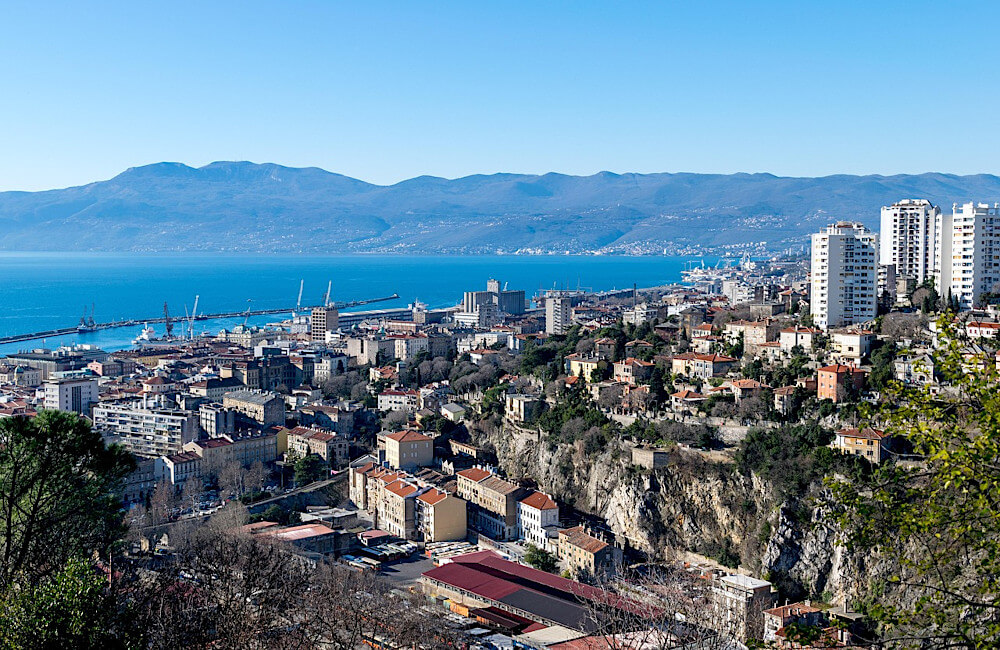
When we think of Croatia, most of us imagine Dubrovnik, Split, or Zadar – cities renowned for their charming old towns and the blue Adriatic Sea. However, on the country’s northern coast lies a place that can surprise even seasoned travelers. Rijeka city is Croatia’s third-largest and the country’s largest port – is a true melting pot of cultures, history, and modernity. It’s a city that lives to the rhythm of the sea, yet has the soul of a metropolis.
In recent years, Rijeka has been gaining popularity – not only among tourists but also investors and those seeking an authentic Croatian atmosphere, away from the crowds of the south. Let’s take a closer look at this extraordinary city, which combines Austro-Hungarian history, Mediterranean relaxation, and an artistic spirit.
A city with a rich and turbulent history
It’s not without reason that Rijeka is called the city of a thousand stories. Situated on the Kvarner Bay, it has been a significant commercial, military, and cultural landmark on the map of Europe for centuries. Its history tells a fascinating tale of shifting borders, nationalities, and influences.
The first settlements existed here as far back as Roman times, and in the Middle Ages, Rijeka (then called Tarsatica) developed as a merchant port. In the 19th century, during the Austro-Hungarian Empire, it experienced its golden age. It was then that the most beautiful Art Nouveau buildings, elegant boulevards, and townhouses were built, which still create the city’s distinctive atmosphere today.
After World War II, Rijeka found itself within the borders of Yugoslavia, and after its dissolution, it became one of the most important economic and cultural centers of independent Croatia. Today, it is a city that proudly combines its multicultural past with modernity.
A walk through the heart of the city – Korzo and the surrounding area
No visit to Rijeka is complete without a stroll along Korzo – the city’s representative promenade. This is where the daily life of locals and tourists unfolds. Numerous cafes, shops, and restaurants line the promenade, and the rhythm is set by street performers and local events.
At the end of Korzo stands the Clock Tower (Gradski Toranj), a symbol of the city, dating back to the 17th century. It is one of the most recognizable landmarks in Rijeka, frequently photographed by visitors.
Nearby is the Cathedral of St. Vitus, the city’s patron saint. Its Baroque, circular structure is unique in Croatia. Inside, one can admire richly decorated altars and relics.
Trsat Castle – guardian of the city
Perched on a hill above Rijeka, Trsat Castle (Gradina Trsat) is a must-see. Built on the site of a former Roman fortress, it served as a key defensive point for centuries. Today, it serves as a museum, gallery, and observation deck, offering breathtaking panoramic views of the city, port, and Adriatic Sea.
The hill can be reached by car or – more romantically – on foot, via the over 500 steps known as the Pilgrims’ Staircase (Trsatske stube). This route is traversed daily by both tourists and believers on their way to the nearby Sanctuary of Our Lady of Trsat. It is one of the most important pilgrimage sites in Croatia, also visited by Pope John Paul II in 2003.
Rijeka city – culture and art
In 2020, Rijeka was officially named the European Capital of Culture – and with good reason. It’s a city teeming with creativity. Galleries, theaters, and artist spaces are springing up in former port warehouses. Numerous festivals, concerts, exhibitions, and street events take place here.
One of the most important events of the year is the Rijeka Carnival – the second largest in Europe, after the one in Venice. Colorful parades, masks, music, and dances attract thousands of participants from around the world. It’s a perfect opportunity to experience Croatian spirit and joie de vivre.
History buffs should visit the Rijeka City Museum (Muzej Grada Rijeke) and the Maritime and History Museum of the Croatian Littoral (Pomorski i povijesni muzej Hrvatskog primorja), housed in the former Governor’s Palace. The National Theatre named after Vladislav Ivanovich is also worth a visit. Ivan Zajc – an elegant building from the end of the 19th century, where operas, concerts and performances are held.

Are you interested in buying or renting property in Croatia?
We invite you to cooperate with the professional Nestovia Real Estate Agency!
Port, sea and climate on the Adriatic
Rijeka is, above all, a city of the sea. As Croatia’s largest port, it plays a crucial role in trade and maritime transport, but its waterfront is also a place for recreation and relaxation. A stroll through the marina, a cruise around the bay, or a swim at one of the nearby beaches are commonplace for locals and a delight for tourists.
The beaches in the Kostrena district, just a few kilometers from the center, are worth visiting. The clear waters, rocky shores, and views of the harbor create a unique atmosphere. In the summer, the beaches are bustling with activity, but even in the off-season, Rijeka retains its charm – in autumn and spring, the city has a more relaxed, local rhythm that allows you to truly experience it.
Rijeka’s climate is mild, Mediterranean – with warm summers and mild winters. It’s an ideal destination for both a vacation and a longer stay.
Flavors of Rijeka – cuisine that combines sea and mountains
Kvarner cuisine is a fusion of Mediterranean and mountain traditions. Rijeka’s restaurants feature fresh seafood, grilled fish, shrimp risotto, as well as lamb and game dishes from the nearby hills.
It’s worth trying the local specialty – “scampi na buzaru,” shrimp in a sauce of white wine, garlic, and olive oil. A glass of white wine from Istria or Kvarner is a must.
For dessert – fritule (small doughnuts with raisins and rum) or kroštule, crispy deep-fried cookies. All of this is best enjoyed at a table overlooking the sea.
A modern city with a soul – Rijeka today
Rijeka city is not only about history and culture. It’s also a modern university city with a dynamically developing economy. More and more people are choosing it as a place to live or work remotely – thanks to its peaceful atmosphere, good infrastructure, and lower costs than in popular resorts in southern Croatia.
In recent years, Rijeka has also attracted investors. The technology, tourism, and real estate sectors are thriving. New apartments, hotels, and commercial investments are being built more frequently, while preserving the city’s historic character.
Rijeka area – mountains, islands and adventure
One of Rijeka’s greatest advantages is its location. Both mountains and islands can be reached within an hour.
To the north stretches the Risnjak massif, ideal for trekking and nature lovers. To the south, a bridge connects the island of Krk, one of Croatia’s largest and most beautiful islands.
Principally clear bays, picturesque towns (like Krk, Vrbnik, and Baska), vineyards, and local wineries are just some of the attractions. Within a radius of several dozen kilometers, you’ll find other islands in the Kvarner archipelago—Cres, Lošinj, and Rab—each with its own unique character.
Gallery
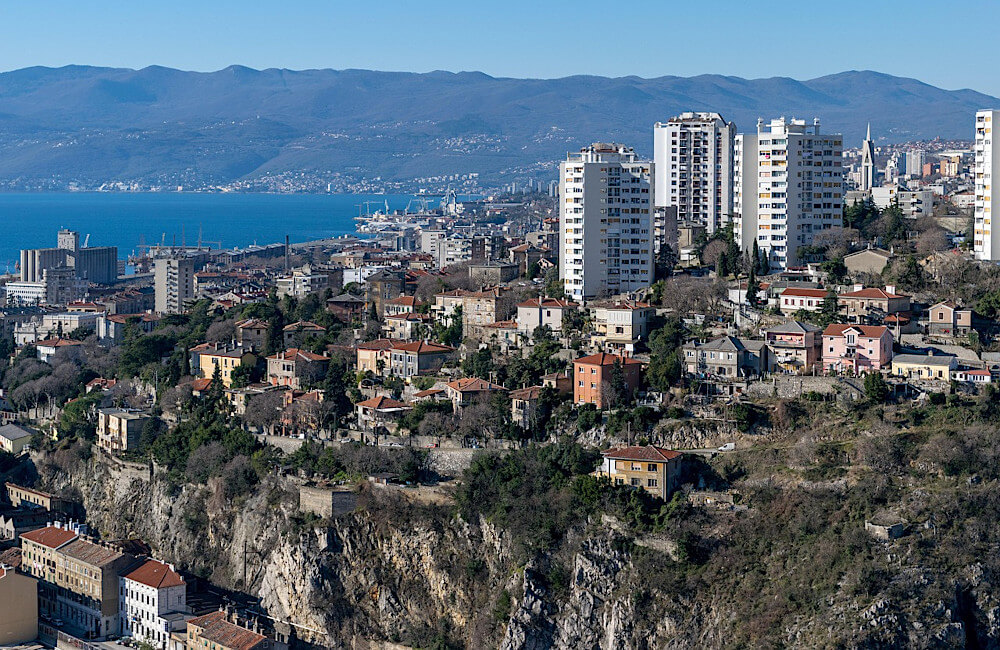
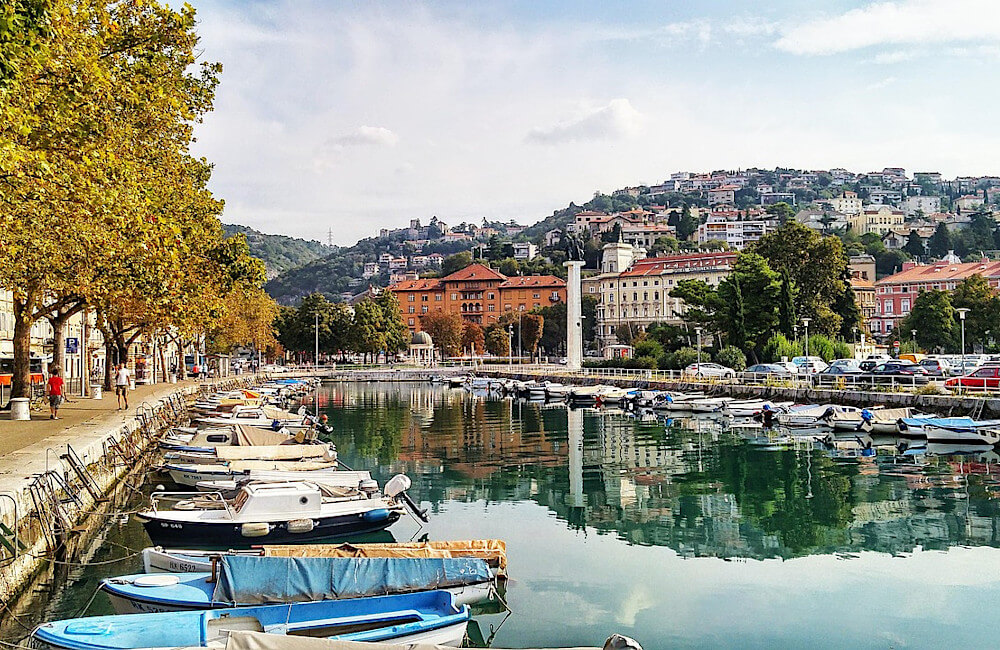
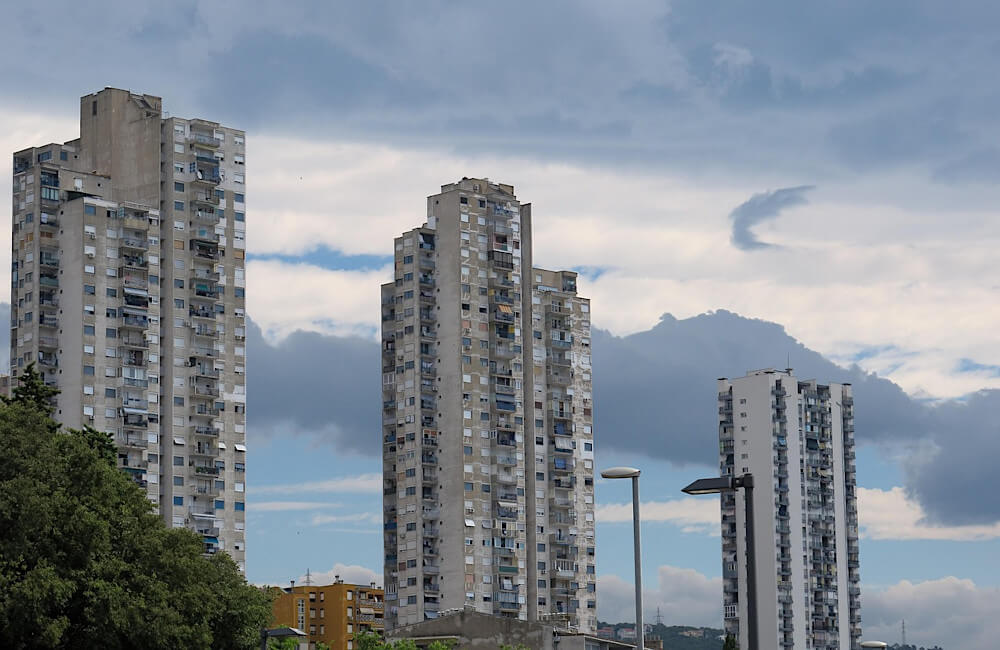
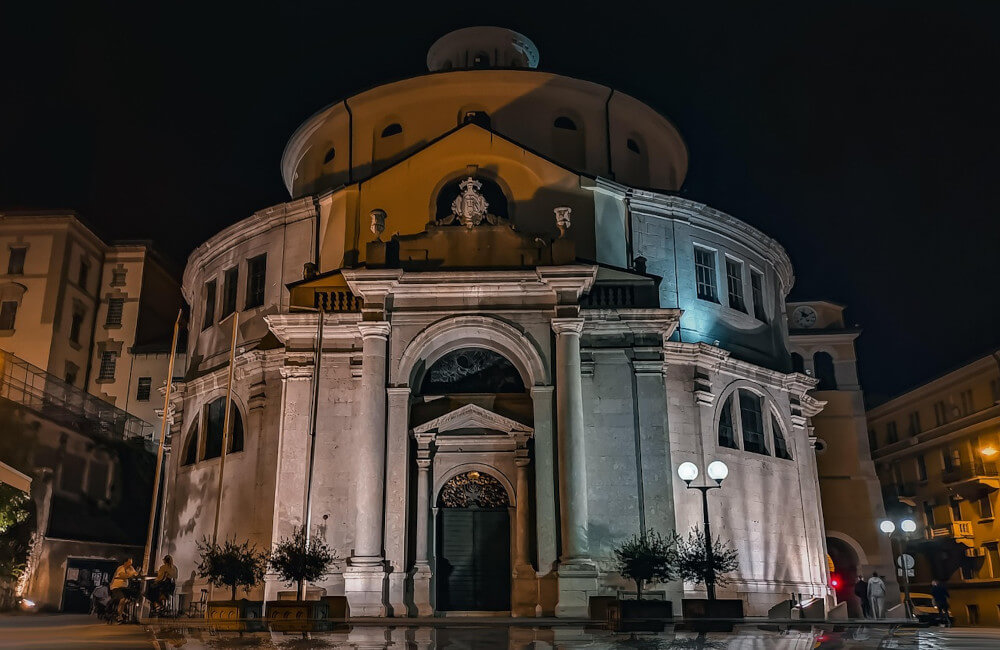
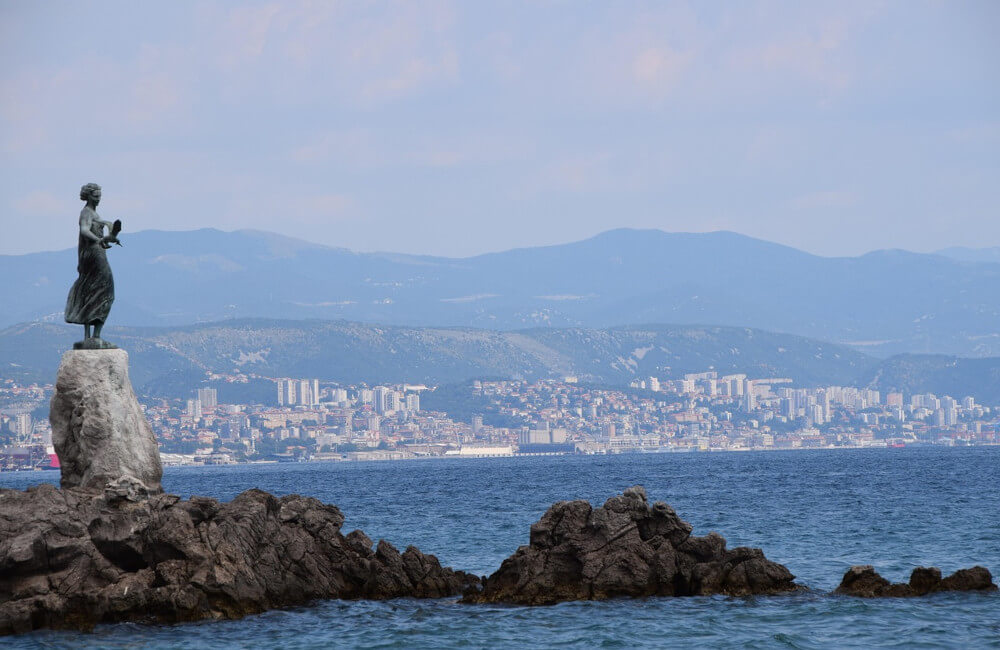
Rijeka city – worth discovering
Rijeka city is a place where history meets modernity, and the spirit of a port city blends with artistic energy. It’s the perfect destination for those who want to experience Croatia from a different perspective – authentic, less touristy, but equally beautiful.
Here, you can experience the atmosphere of a Mediterranean city that hasn’t lost its identity. Watch the sunrise over the port, sit in a café on Korzo, and feel time slow down. Rijeka doesn’t try to be a resort town – it simply is itself. And therein lies its greatest charm.
To sum up
Rijeka city have a soul – a port city, open, and full of contrasts. Anyone who visits once will understand that Croatia is not just about the beaches of Dalmatia, but also about the fascinating history of the north, of which Rijeka is the heart.